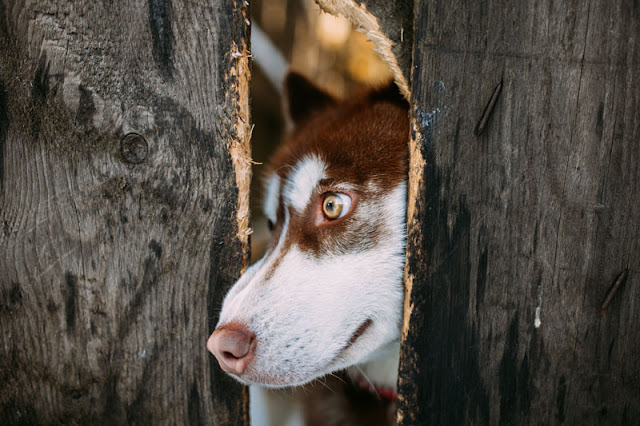Do Children Prefer Baby-Faced Animals?
We know that adults prefer animals with a baby face. Research shows this applies to children too.
By Zazie Todd, PhD
The new study asked children aged three to six about their preferences for dogs vs puppies, cats vs kittens, and dogs or cats with baby-face features vs those without. Each child sat at a laptop with the experimenter, who asked them to choose which of two photographs they preferred. The photographs showed the heads of animals as well as some showing babies or inanimate objects.
 |
| Photo: Hriana/Shutterstock |
By Zazie Todd, PhD
It’s widely known that adults find a baby-face attractive,
whether on a human baby or an animal such as a puppy or kitten. There’s a neural
basis for this, which makes us want to care for babies and things that resemble
them. A new study by Marta Borgi and Francesca Cirulli (2013) asks if young
children show the same preference as adults for neoteny in cats and dogs.
Several research studies have found that children are
attracted to animals. For example, LoBue et al (2013) found that young children have apreference for live animals over an attractive set of toys. In this study,
children spent more time interacting with the animals, and also more time
talking about them, than the toys.
The new study asked children aged three to six about their preferences for dogs vs puppies, cats vs kittens, and dogs or cats with baby-face features vs those without. Each child sat at a laptop with the experimenter, who asked them to choose which of two photographs they preferred. The photographs showed the heads of animals as well as some showing babies or inanimate objects.
Children showed a strong preference for infantile features
in cats, preferring the kittens or the cats with baby-like features over cats
without them. However, they didn’t prefer infantile features in dogs. Nonetheless
they still preferred teddy bears with infantile features than those without.
The children also tended to prefer dogs to cats. When the
researchers looked at pet ownership in the home, they found that children who
lived with a cat were more likely to show a preference for cats than those who
didn’t. It could be that children learn about cats through having regular
contact with them, and are less likely to prefer them if they are unfamiliar to
them. However, the number of children with a cat as a pet was quite small.
Future research could investigate further the role of childhood pets in shaping
children’s understanding of companion animals.
Children preferred the photos that showed animals (dogs and
cats) to those that showed either human infants or teddy bears.
Girls were more likely than boys to choose photos of dogs
with infantile faces, but the same did not apply to photos of cats or teddy
bears.
Overall, these results show that even young children are
able to recognize infantile features in animals and inanimate objects (teddy
bears). They also show that, in general, children have a preference for animals with
infantile features over those without. So a preference for neoteny seems to start early in life.
The authors acknowledge some flaws with the set of
photographs, for example some had coloured backgrounds, although they were
chosen as they had been used in previous research with adults. Their paper says
they are already developing a more standardized set of photographs. This study
also only used one measure of neoteny, called the Facial Index, and future studies
could include other features (such as big eyes).
Do you prefer kittens to cats, and puppies to dogs?
Reference
Borgi, M., & Cirulli, F. (2013). Children’s preferences for infantile features in dogs and cats. Human-Animal Interaction Bulletin, (2013).




